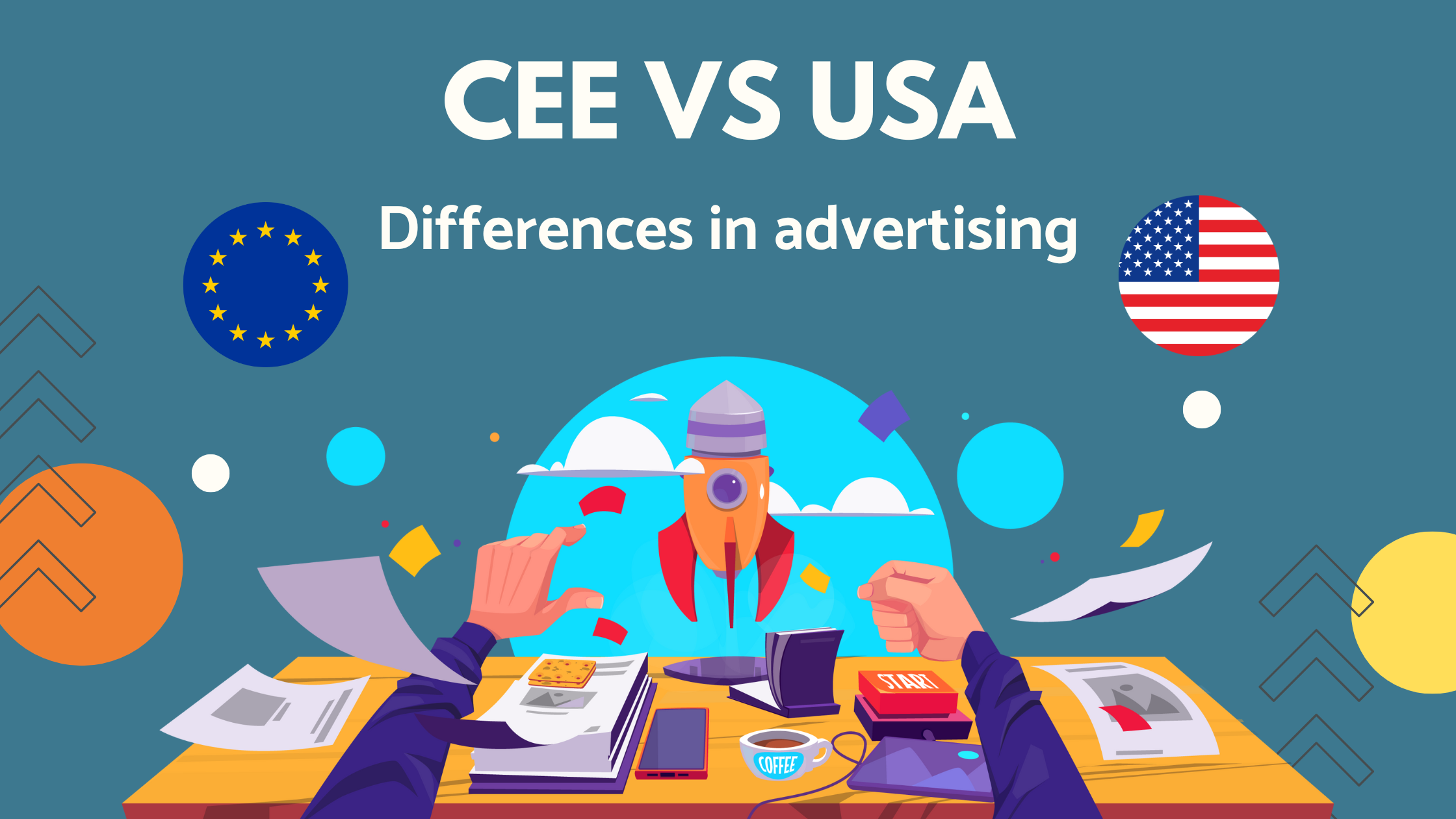When a brand or campaign spreads beyond its home turf, the tonal nuance and cultural tapestry are just as critical as the message itself. The contrast between advertising in the United States and advertising across Central & Eastern Europe (CEE). Even though globalization has leveled out aesthetics, the way brands communicate still varies widely. Those variations are rooted in each region’s history, its conditions, and the unique ways consumers have been taught to judge brands. Now, let’s go over the main factors where the American and European approaches differ.
Tone: soaring ambition or grounded pragmatism. American advertising generally adopts an aspirational, emotionally forward tone.
Its pitches sell the promise of betterment, a surge of empowerment, and a more refined lifestyle. That’s the world of: You deserve nothing but the very best. “Let daring rise, be bold.” Give yourself a start and become someone new. There’s a tone here thanks to the way American consumer culture fuels ambition, confidence, and personal transformation. In contrast, CEE advertising opts for a down‑to‑earth tone. The copy habitually drifts toward realism wrapped in a cadence: It actually works; nothing just does the job. It consistently proves dependable. You can expect value for the money you spend. This isn’t a shortfall of imagination; it’s a matter of resonance. For decades, consumers across Central and Eastern Europe have navigated market volatility and a barrage of aggressive or even deceptive advertising. Consequently, an overly upbeat self‑assured message often lands as sales pressure, than genuine inspiration.
Humor: a showdown between exaggeration and irony. Humor travels across cultures like a shared language.
The mechanics are everywhere. Across the United States, ad humor typically leans toward: brimming with a spirit, brimming with energy. Imagine a cast of talking animals, eccentric personalities, and visual jokes that are as blatant as a neon sign. Within the CEE markets, humor typically leans toward Sarcastic, as if every syllable were coated in a veneer of mocking delight. aware of oneself, rooted in the frustrations we all deal with. Occasionally, there’s a whisper of darkness or a subtle hint of irony. Rooted in resilience, this style leans on humor to face reality head-on instead of using it as an excuse to run away.
Consumer expectations: trust isn’t something handed out—it must be earned.
American consumers, by and large, accept: A major branding campaign. That’s a strong claim. Famous faces putting their stamp on a product. Messages that draw their power from inspiration. In a culture saturated with consumption, the heft of a brand’s identity becomes palpable. In the CEE markets, shoppers tend to be more careful and keep a watch on prices. Gaining their trust is a process that must be underpinned by: Proof. Maintaining a groove. Crystal‑clear pricing, no fees, just straightforward costs. Recommendations passed on by word of mouth. In truth, buying decisions across the CEE region are largely driven by a desire to avoid being misled. Flashy marketing may catch the eye. Unless it’s anchored in clear value and solid reliability, it tends to backfire. That’s why highlighting functional benefits and sticking to honest phrasing usually outshines the buzz of emotional hype.



Recent Comments